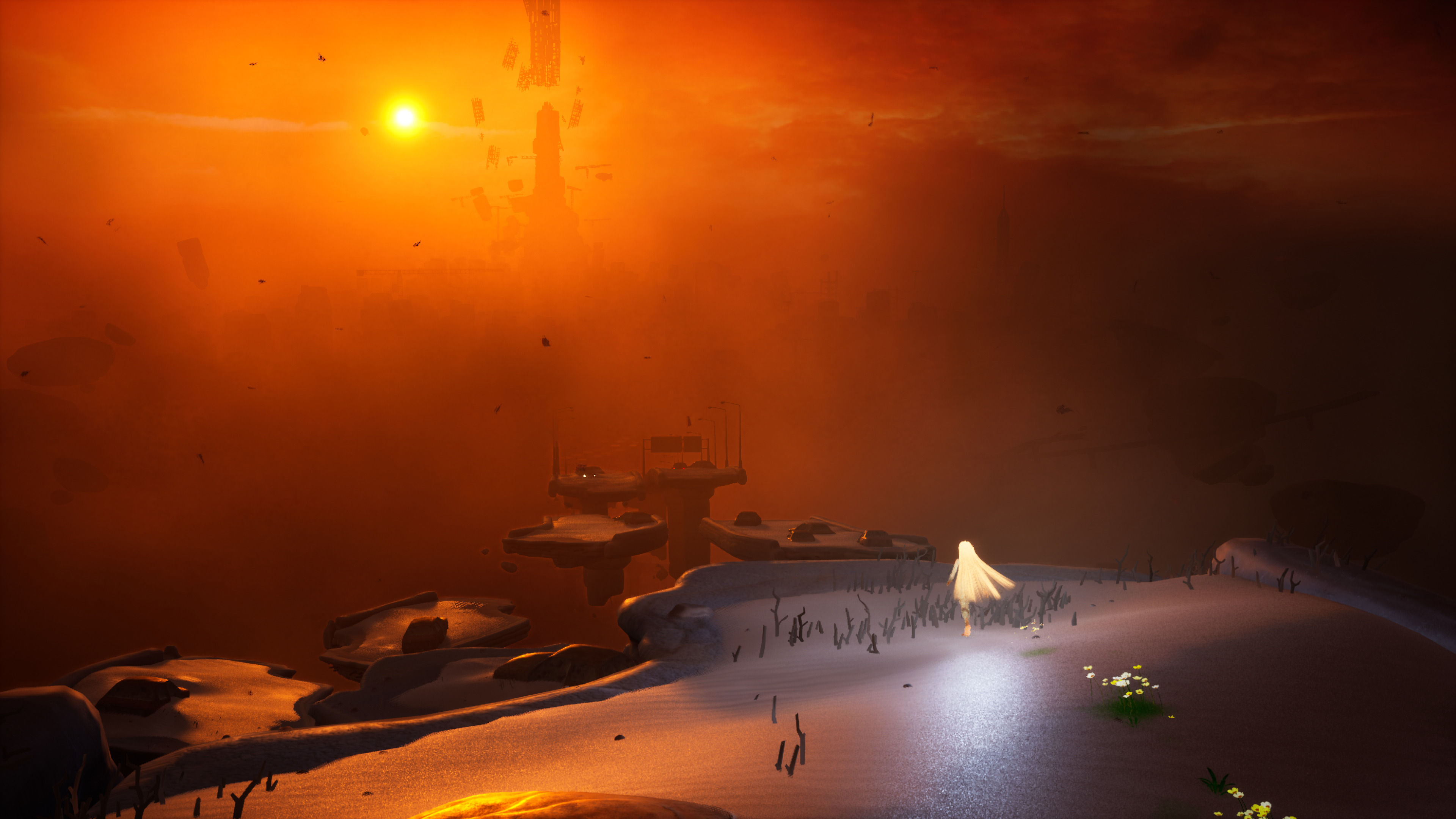
What happens when the greed and apathy of humanity results in the complete destruction of all life on earth? After Us asks and answers this question, having players explore this decrepit, long-lost world devoid of color and hope as the life-giving spirit, Gaia. You're on a mission to recover the spirits of earth's extinct animals to give the planet another chance at kindling life, but you'll have to witness the aftermath of humanity before you can do so.
It's a heartbreaking story, and one that's mostly told through the environments and world. After Us is beautiful but struggles to sell itself purely as a game thanks oft-frustrating platforming and combat, confusing and sporadic level design, and a fair share of bugs and performance issues. This is a game perfect for those who want to take their time with a somber, sad game, but it's not well-suited to the players looking for a new, precise 3D platforming title to occupy their time.
Disclaimer: This review was made possible by a review code provided by Private Division. The company did not see the contents of the review before publishing.
After Us: Performance and visuals
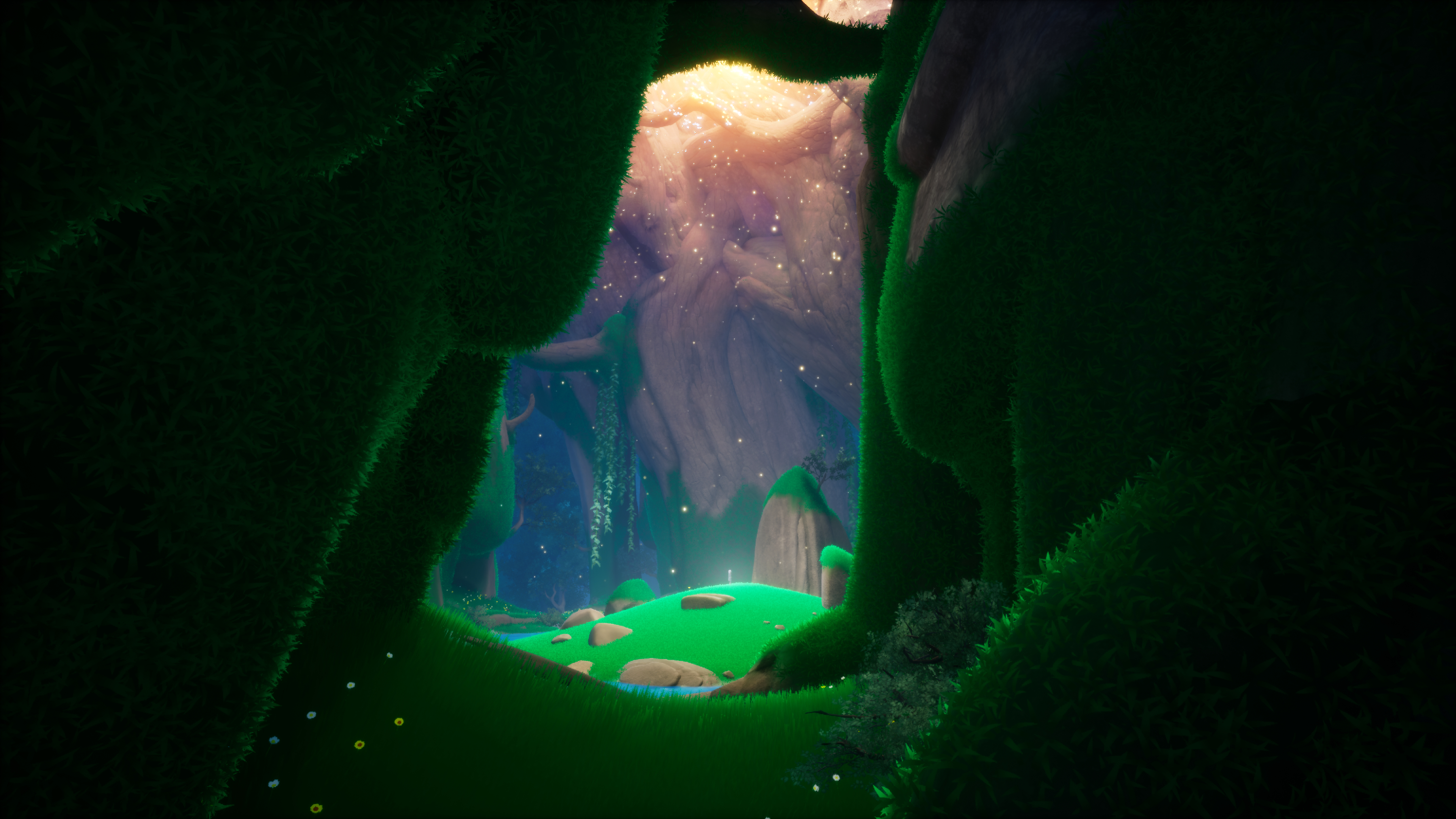
After Us is only releasing on current-gen Xbox Series X|S and PS5 consoles in addition to Windows PC, locking away potential players on aging Xbox and PlayStation platforms. This might indicate that After Us is either a visual or technical showcase, but I personally didn't find it to be either. Don't get me wrong, After Us often looks stunning in its own right, but it's mostly down to the design of the world, not the quality of the graphics.
Developer: Piccolo Studio
Publisher: Private Division
Genre: 3D narrative-platformer
Install size: 28GB
Playtime: 10+ hours
Release date: May 23, 2023
Price: $29.99
Platforms: Xbox Series X|S, Windows PC (Steam), PS5
Reviewed on: Xbox Series X
You can choose from two performance modes, a Quality Mode at 4K and 30FPS, and a Performance Mode at 2K and 60FPS. I played After Us in the latter mode, as the floaty movement controls and average performance benefited from the extra frames. You can see the decrease in resolution if you look for it, but texture quality isn't particularly great in either mode. After Us looks its best from a distance, not when examined up close.
That's because Piccolo Studio has done an excellent job with the environmental design and set pieces of its world, which lends an epic and ominous overcast to the entire game. There's a great use of colors and contrasts, as well, which further helps make up for the average textures, models, and animations. The overall art design of After Us isn't that interesting, but Piccolo Studio used this style to its utmost potential when bringing its post-apocalyptic world to life. After Us still manages to be frequently gorgeous, even if it just looks okay in the interim.
Performance-wise, it's a little more complicated. There were no consistent performance issues or stutters, but I encountered multiple crashes in my playthrough, experienced major frame drops after returning to the game via Quick Resume, and observed a multitude of minor bugs like being trapped in the environment, randomly dying as if I fell from a great height (when I was right next to the ground), and having the controls fail to respond as I expected. 90% of the time, After Us ran great, but that 10% of the time still affected my enjoyment of the game.
After Us: World and story
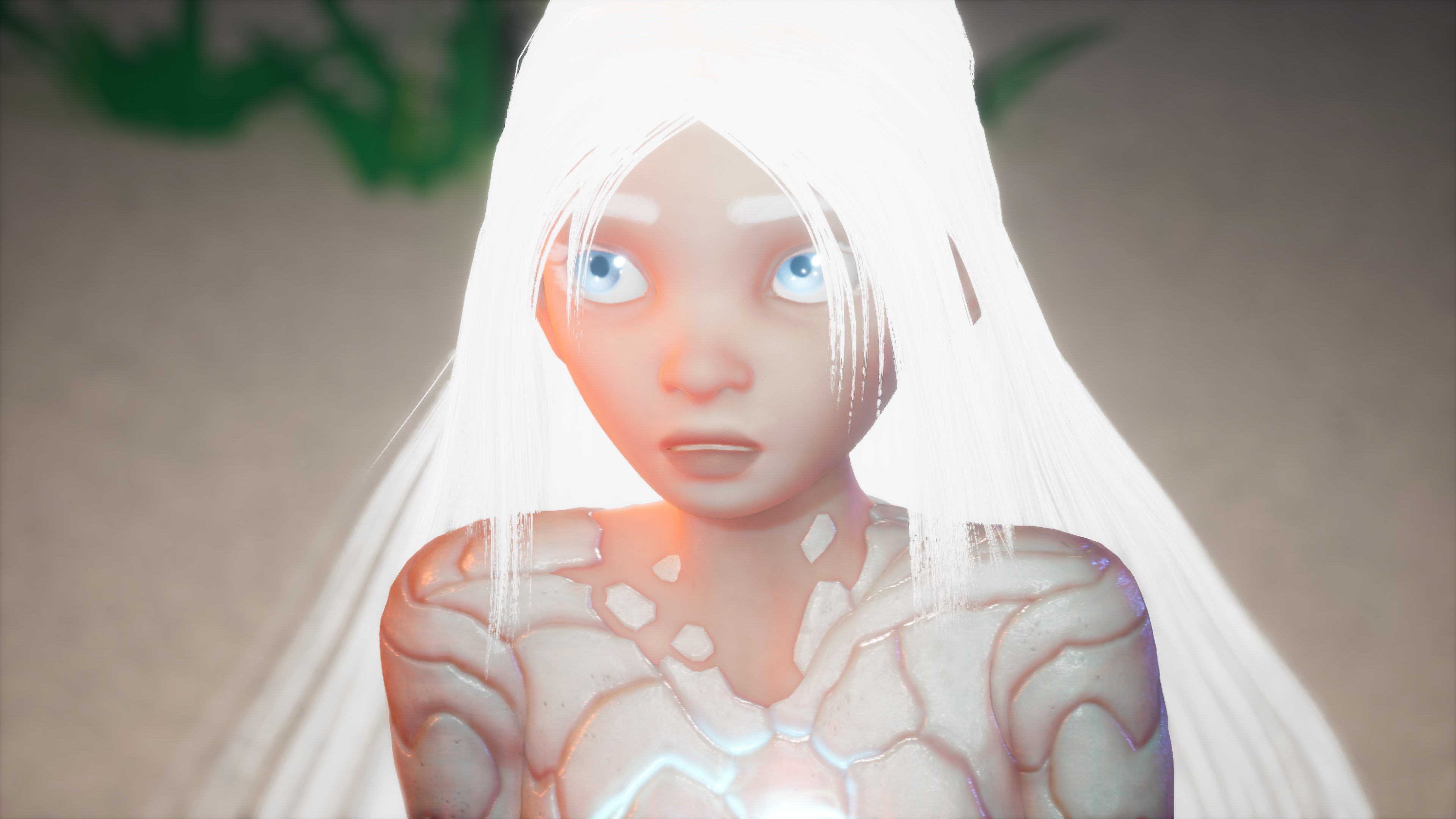
After Us is not a narrative-driven game, but its story is a large part of its appeal. Allow me to explain — There are no spoken lines, few characters, and only a handful of subtitled conversations. The story in After Us lacks depth and breadth, but it still packs an emotional punch. Just like with its visuals, it all comes down to the world.
In After Us, the world and all its life has been consumed by humanity's greed. What's left behind is the ruins of human civilization and the remains of all its animals and creatures. Humans, fearfully branded as "Devourers" as they brought about the end of everything, lay scattered across the planet as grotesque statues, frozen in their final moments. You play as Gaia, a spirit of life tasked with finding and collecting the last remaining life energy in the world for Mother Nature. As you do so, you leave pockets of new life behind, working toward the goal of helping the Mother rekindle the seed of life and help the planet begin anew.
The surreal, creatively realized world of After Us is the redeeming factor that protects the story from mediocrity.
To do so, you will have to explore a variety of diverse locations, each powerfully and boldly rendered to showcase the unimaginable, irreversible damage done by humans. After Us employs symbolism and imagery in a direct fashion, highlighting humanity's greatest flaws and how it resulted in the destruction of the world. Like many creative indie games, the story of After Us is presented almost as an art piece to be interpreted, not as a straightforward story to be experienced.
Tracking down the fossilized corpses of the last creatures Mother Nature futilely attempted to protect, observing the shattered world around you, and encountering the lingering spirits of earth's extinct life is heartbreaking and emotional, even without a surrounding story to add further depth or motivation to the game. You have to be willing to press forward solely because you know that's what you need to do, though, as contact between Gaia and Mother Nature is limited and the game's infrequent cinematics, while beautiful, rarely add more to the narrative.
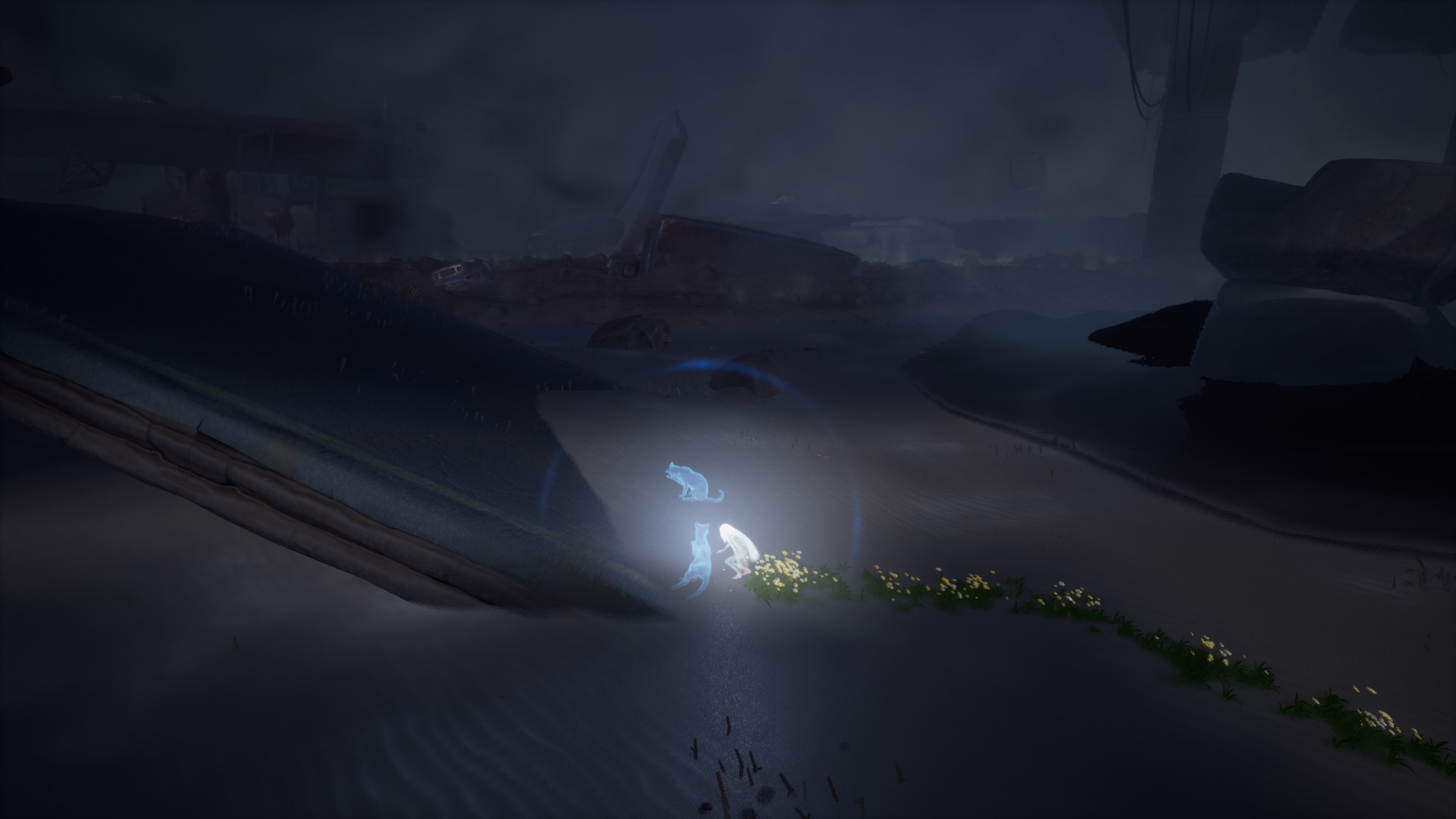
There are additional, gentle story bits accessed via Memories, optional collectibles you can find throughout After Us. These Memories tell limited stories about various humans before the world fell apart and support the game's background arc on whether humanity deserves redemption when life is rekindled on earth.
I wish After Us did more, though, to add depth and lore to the world that strengthen and enhance the emotional weight threaded throughout. The surreal, creatively realized world of After Us is once again the redeeming factor that protects the game from mediocrity, as it makes up the core of the narrative. Exploring this world is one of your greatest motivators to continue playing, especially when engaging with the gameplay — the weakest element of After Us.
You can see some more images of After Us and its world below.
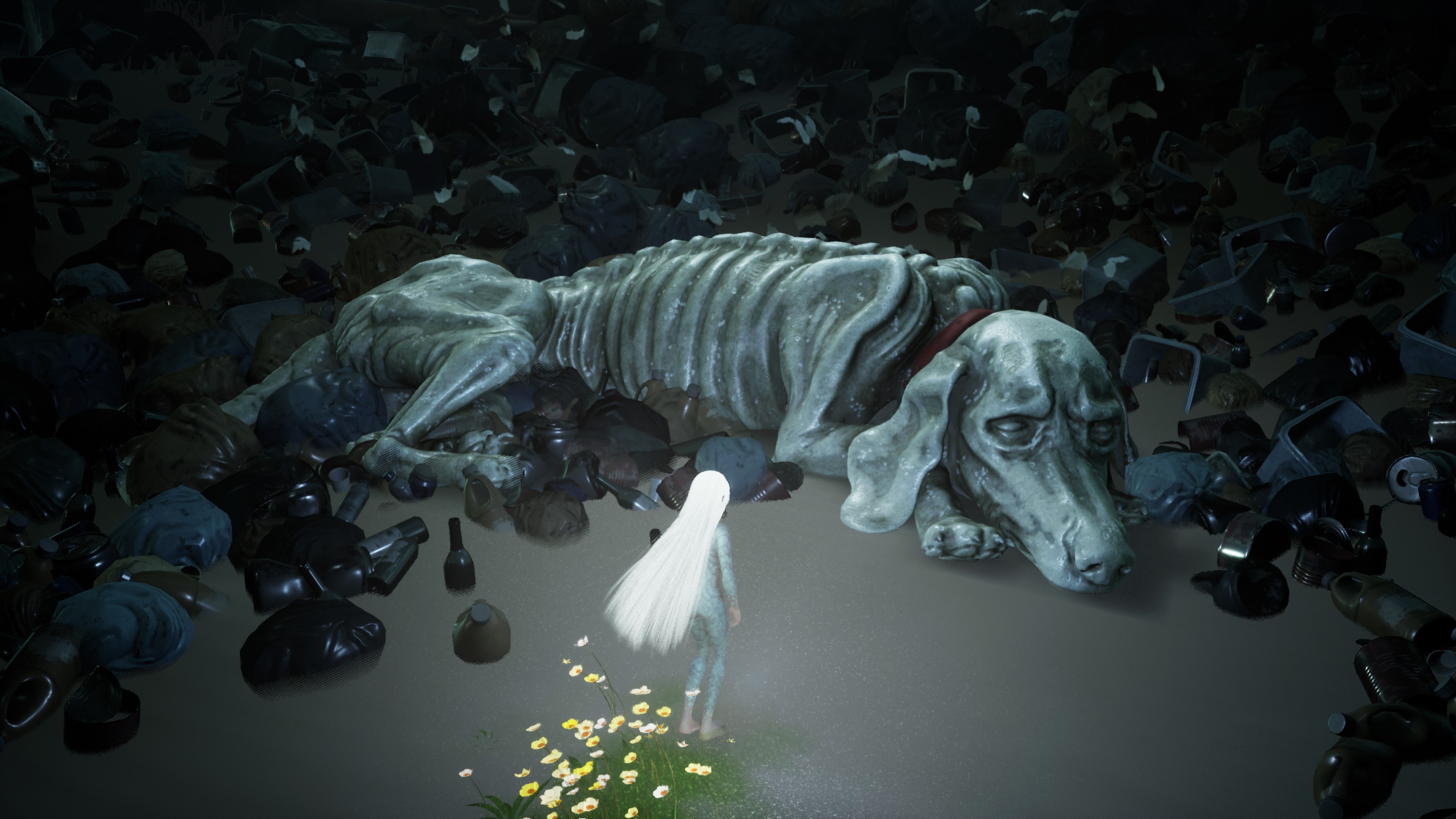
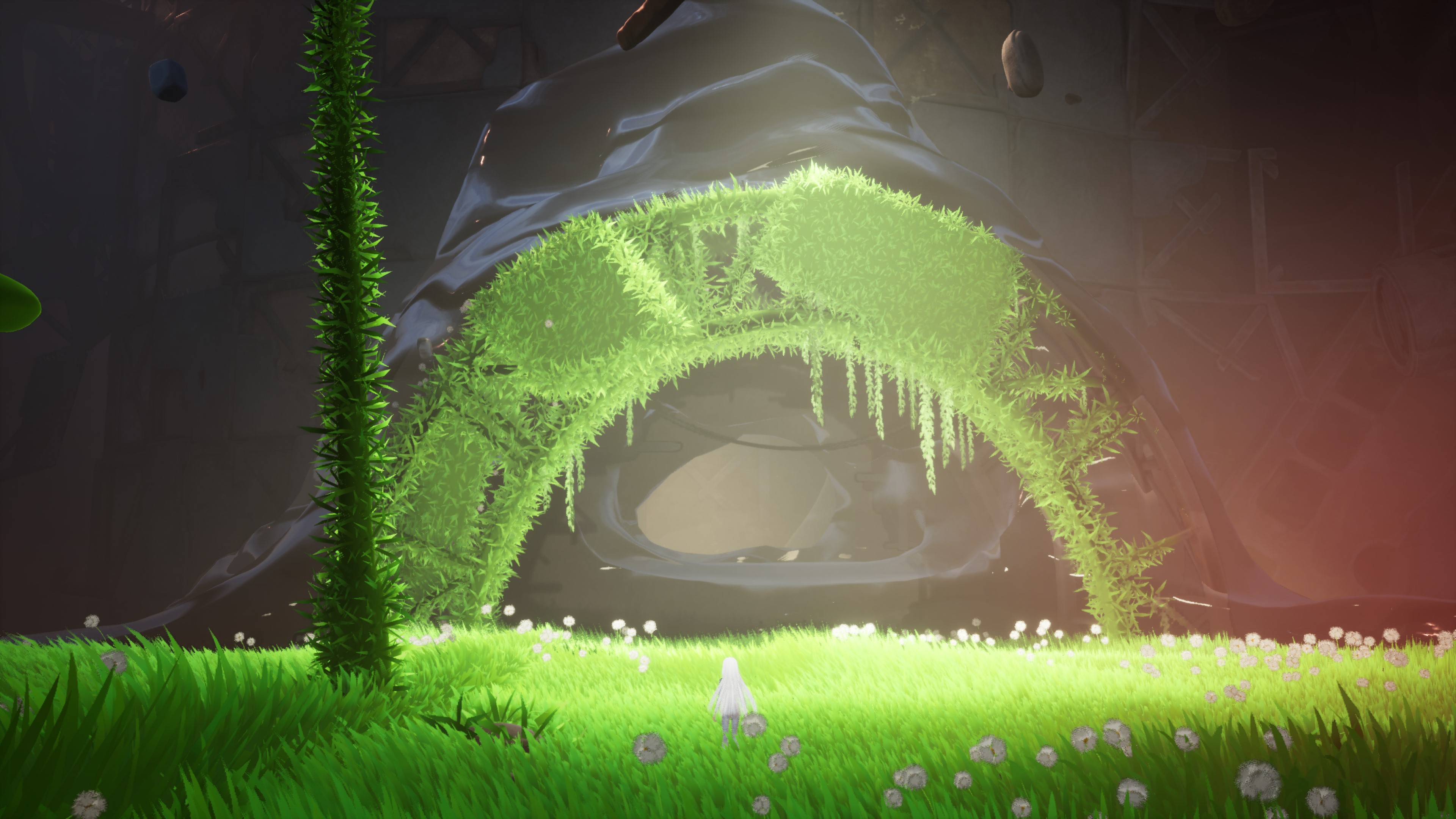
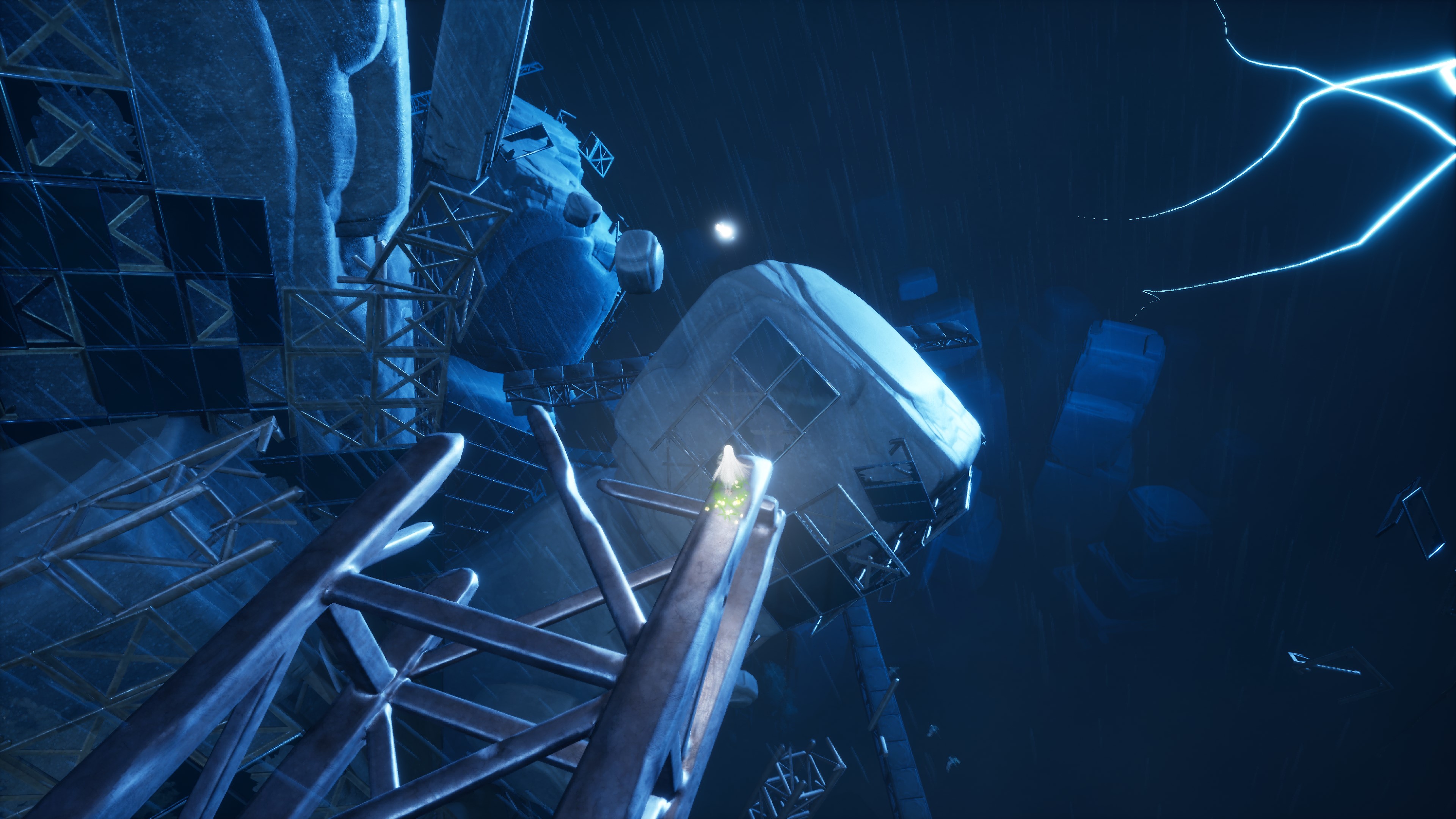
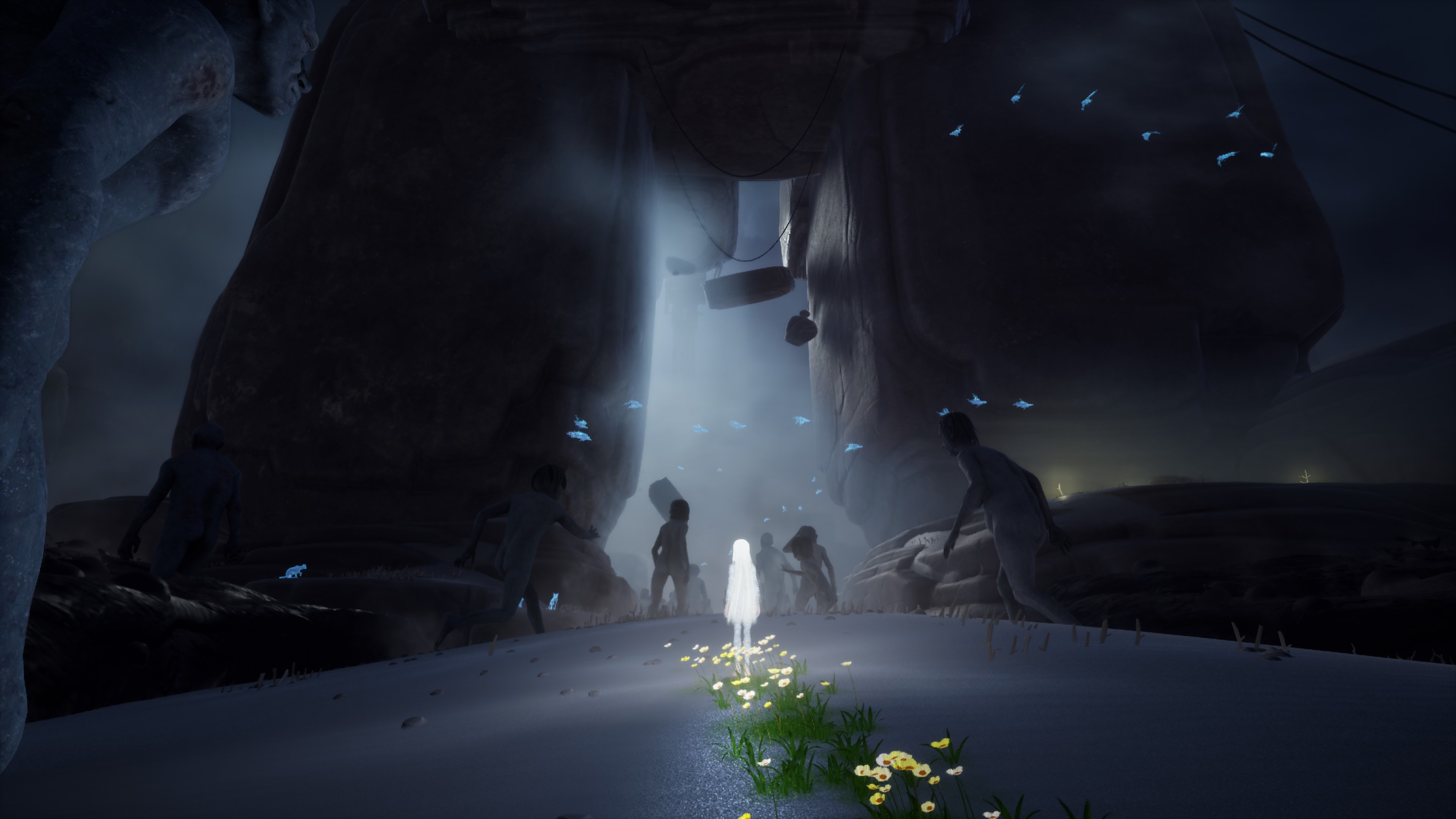
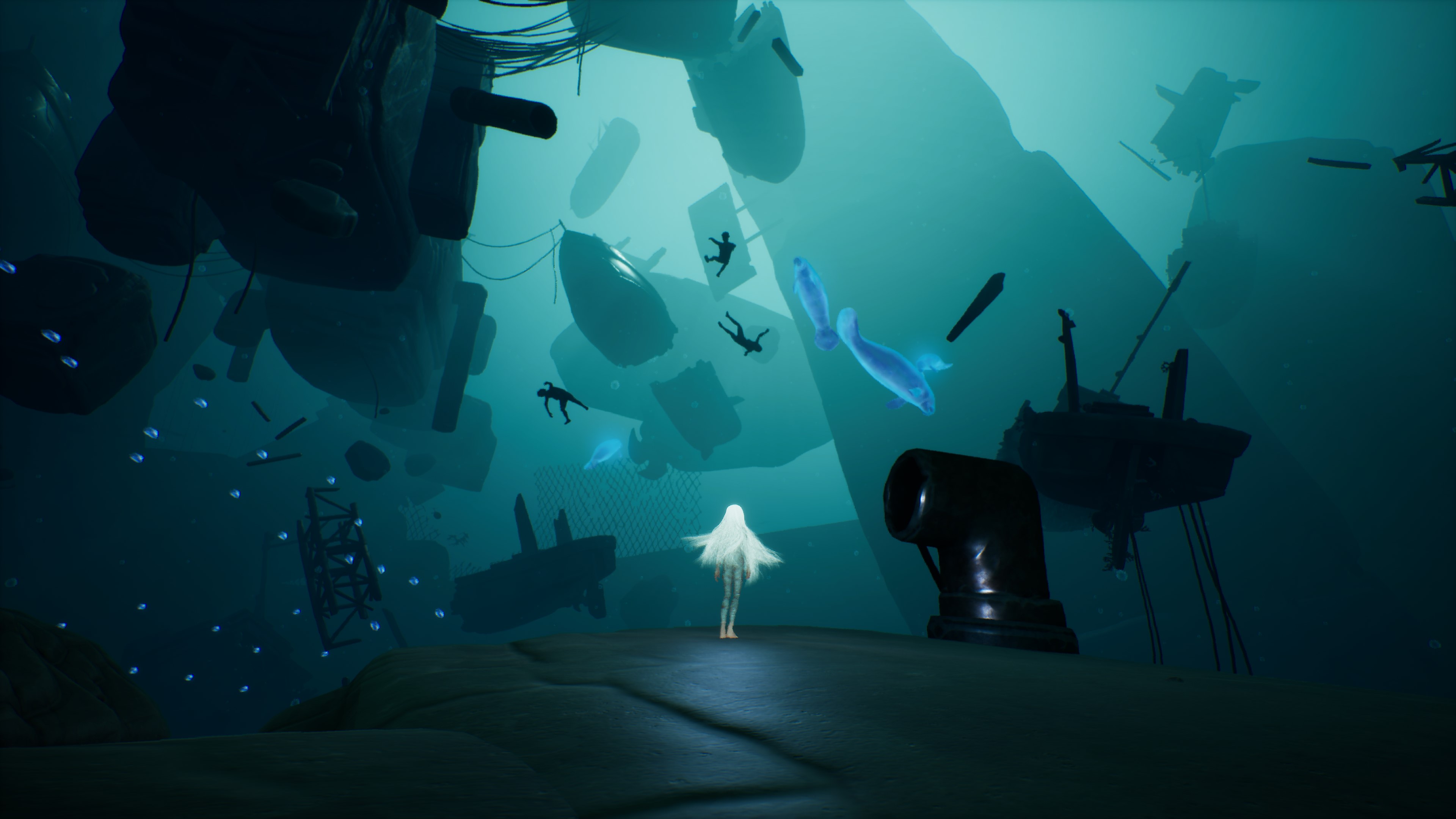
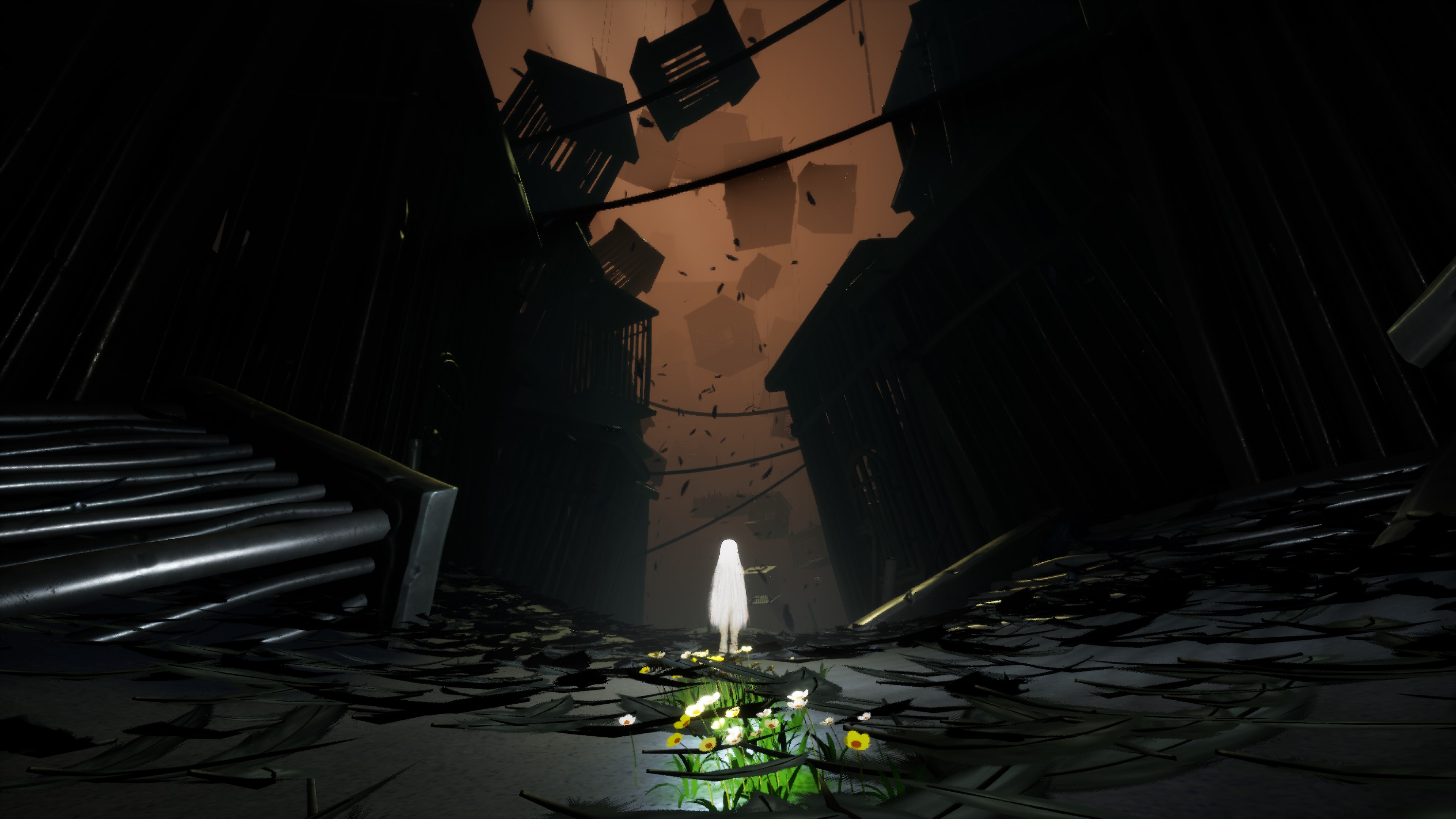
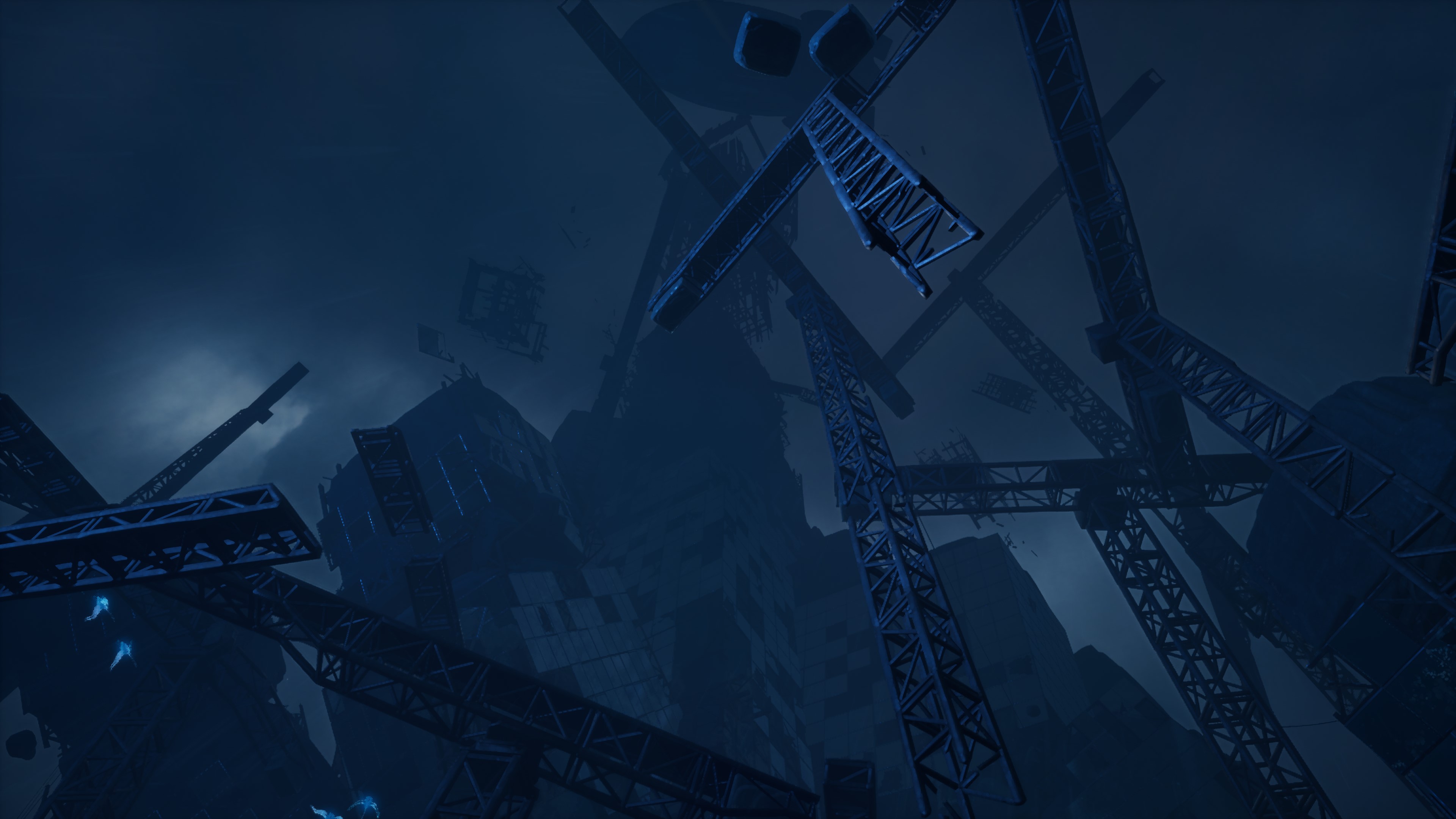
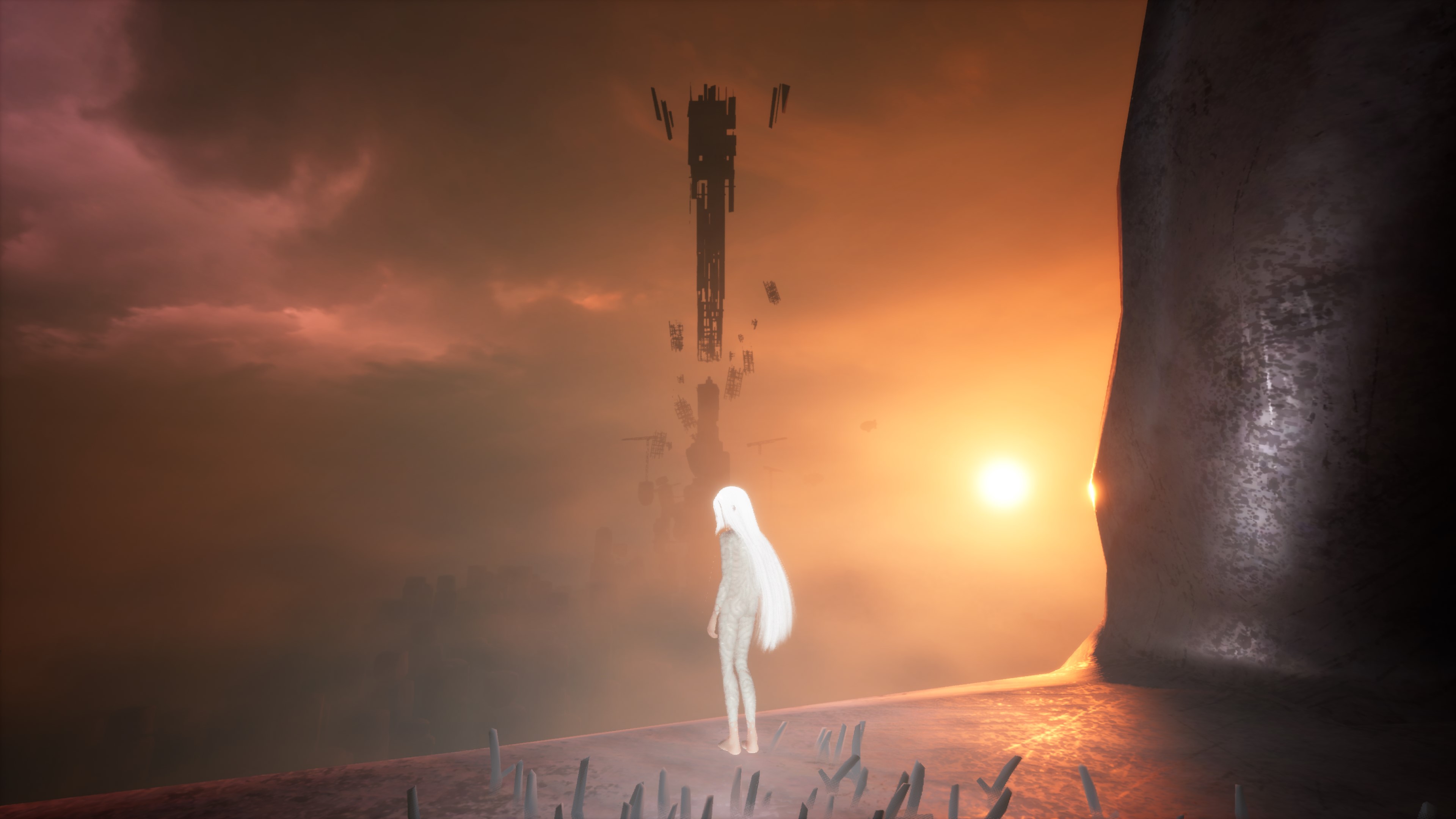
After Us: Gameplay and platforming

After Us is a 3D platformer, and on the surface has all it needs to be a very fun one. Your character, Gaia, is equipped with a decent set of movement options and abilities to help you navigate the broken, chaotic world around you. On land, Gaia is able to run, sprint, dodge, and run on certain types of walls. In the air, Gaia can jump, double-jump, glide, and air dash.
Beyond that, you can also charge the Heart of Mother Nature kept inside Gaia to release a burst of life that can clear environmental hazards, open new paths, and knock away the mindless, soulless Devourers that still spot the land. You can also throw the Heart to interact with various electronics, collect the spirits of animals, and clear away the corruption from Devourers (thus "redeeming" them and setting them free). On paper, this all sounds great, and it mostly works well in motion, too.
Movement and platforming in After Us are floaty by nature, but it does feel pretty fluid. At first, it's a lot of fun learning new abilities and navigating the world. Varied regions with local puzzles mean there's frequently new ways to employ these mechanics, too, keeping gameplay from growing too stale. Unfortunately, platforming in After Us is massively held back in two ways: the camera, and the level design.
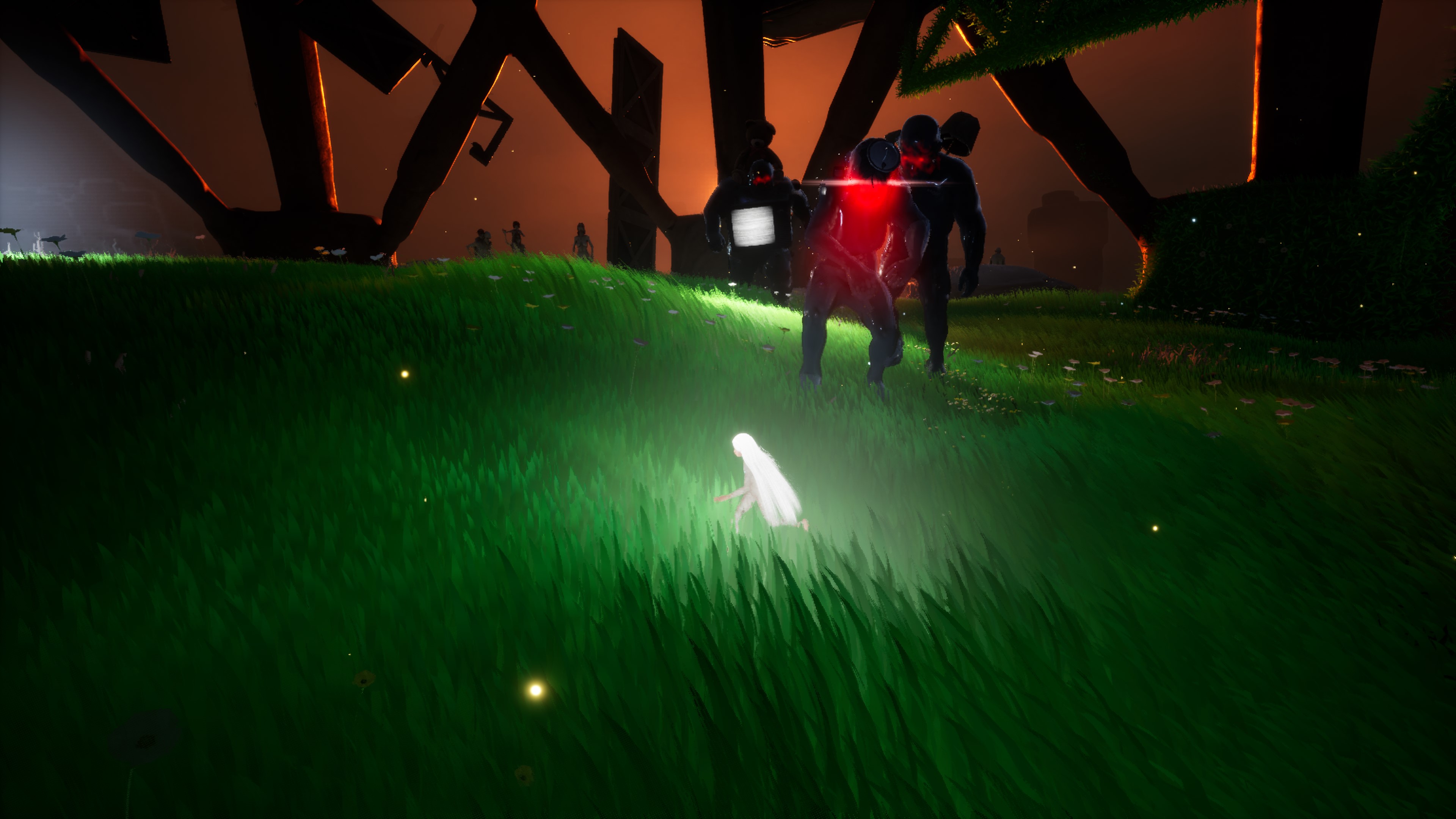
The camera in After Us loosely follows Gaia, is constantly slowly moving, and frequently changes its distance from the character. It's a very cinematic camera, which matches the drama and scale of the world. However, it's actively detrimental for a 3D platformer, as it makes it difficult to keep track of your position in space and to accurately gauge distance and timing. Combined with imprecise controls (that sometimes fail to respond), the vast majority of my deaths in After Us felt frustratingly out of my control.
Level design is another weakness of After Us, with each environment featuring a sprawling, vertical layout that often felt as if it lacked cohesive direction for platforming. Again, it seemed that the cinematic feel of the world as prioritized over the gameplay, with confusing and nonsensical platforming sections further exacerbating the already-frustrating weaknesses of the movement and camera controls. Unfortunately, despite the strengths of its world and visuals, After Us is not a very enjoyable platformer.
Unfortunately, After Us is often not a very enjoyable platformer.
Beyond platforming, there isn't a lot of gameplay to speak of. There are plenty of collectibles (well over 100), which actually feel very obtainable. Firstly, you have spirits, which when claimed with the Heart release the spirits of a specific animal into the world (which you can see as you explore). The second are Memories, which I mentioned above. The vast majority of these collectibles are relatively easy to find and access and do add to the world and story.
I felt compelled to find them all, and I don't regret it. It added variety to the gameplay and gave me at least one reason to explore the world beyond just moving forward, which After Us sorely needs. Slowly finding more animals and memories, piecing together stories while repopulating the world with shades of former life... It felt rewarding, and by the time the credits rolled I had 100% After Us and found every collectible. A handful of extremely annoying collectibles, either hidden in a troll-like fashion or surprisingly difficult to obtain, were still worth the effort in the long run.
There's also combat against shambling Devourers encased in a mysterious black substance, which suffers from the same weaknesses as the platforming. It's forgettable, hence its late mention in the review (I almost forgot to mention it at all) and is rarely all that fun. You can dodge around enemies, stun them with blasts of life, spear them with the Heart, and navigate groups of varied enemies with different abilities, but none of that makes the movement or camera controls any tighter than they are, which is not at all. Some combat sections are needlessly difficult, too, detracting from the casual playability of the game. After Us would've benefited more from more precise platforming and more story elements rather than this empty combat.
After Us: Accessibility
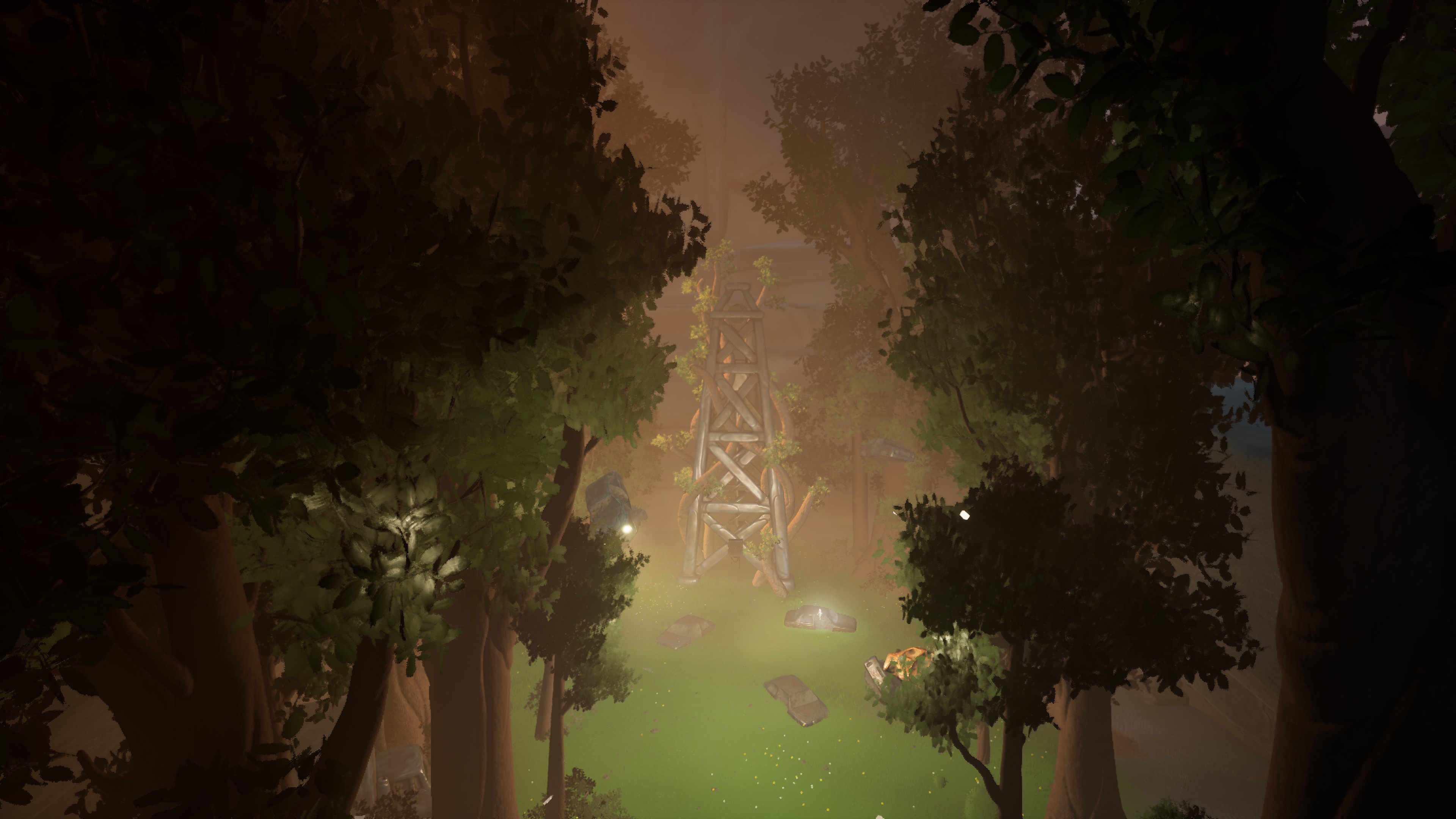
Let's get localization out of the way first. After Us doesn't have any spoken audio, just text, and it supports text in a decent number of languages. There are 16 in total, and you can easily switch between these languages through the dedicated "Language" tab in Options. As far as approachability and accessibility are concerned...
After Us is not a complicated game, and Piccolo Studio did a decent job with visual indicators to help players along the oft-convoluted levels or to know how to tackle a new puzzle. There's also plenty of on-screen tips and tutorials for new or rarely used mechanics necessary to progress, which is nice. Still, that aforementioned level design can make for a very confusing gaming experience, and there were multiple times when I felt completely lost or unsure of what to do next.
After Us does little in the way of accessibility, and requires a controller.
For accessibility, After Us is very limited on options. You don't get control rebinding and are stuck with one control scheme, and there are only basic options to invert controls or disable vibration. Visual options are even more limited, with just a way to change the brightness or switch between the two performance modes. Finally, you get some granular audio sliders. That's... all there is. There are no ways to customize the size or opacity of subtitles, increase contrast, tweak controls for players with compromised mobility, or anything else. There's not even an option to reduce the intensity of Gaia's various bright, flashy effects. If you're playing on PC, you don't even get the option for mouse and keyboard input, as a controller is required!
I've certainly seen even more barebones accessibility in games, but After Us is far from the most comprehensive I've seen even among smaller indie titles. Considering the game's sprawling level design and sometimes-frustrating platforming, I wish there was more here to make the game more inclusive to players who just want to experience the story and world.
After Us: Should you play it?
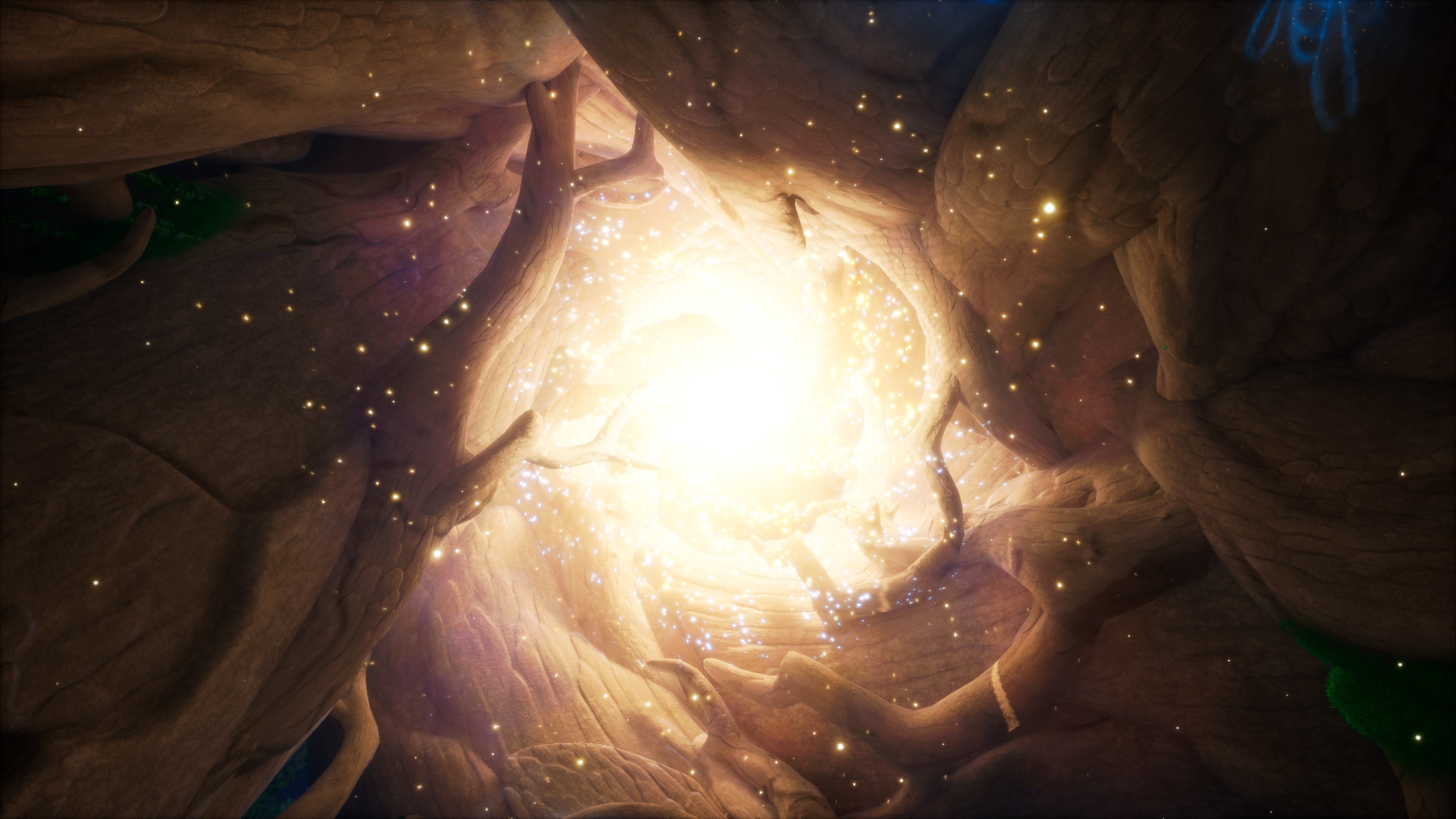
You should play this if ...
- You want a casual 3D platforming game to occupy your time
- You appreciate sorrowful tales told mostly through the world
- You enjoy tracking down collectibles for 100% completion
You should not play this if ...
- You want a precise, consistently challenging platformer
- You need better accessibility options
It may be easy to immediately dismiss After Us as a terrible game given my final review score and accompanying critiques, but I want to be clear — After Us is a good game. It's just flawed, and it's not going to appeal to the numerous players always on the lookout for a new, precise, full-featured 3D platformer to spend hours mastering. It also won't appeal to the players whose favorite games are dripping in dialogue and world-building lore.
After Us is an artistic, creative vision of a surreal world decimated by the very real consequences of unrestrained greed and a lack of care for the world we call home. It's beautiful, it's depressing, and it wants to make you feel things. I enjoyed my time with After Us, and I'm glad I gave it a chance to touch my emotions. I can't overlook its weaknesses, though, which are unfortunately numerous.
Its story lacks substance outside of the stunningly designed world, despite the weirdly long playtime and number of different regions. The core gameplay lacks the consistency necessary to have faith in your actions, leading to frustration and annoyance. Still, especially if you can find After Us on sale, it still earns my recommendation, even if it's not one of the best Xbox games. The world Piccolo Studio built here deserves attention, and there are a lot of players who will absolutely love it in spite of the flaws. If I wasn't reviewing it, I'd be one of them.







